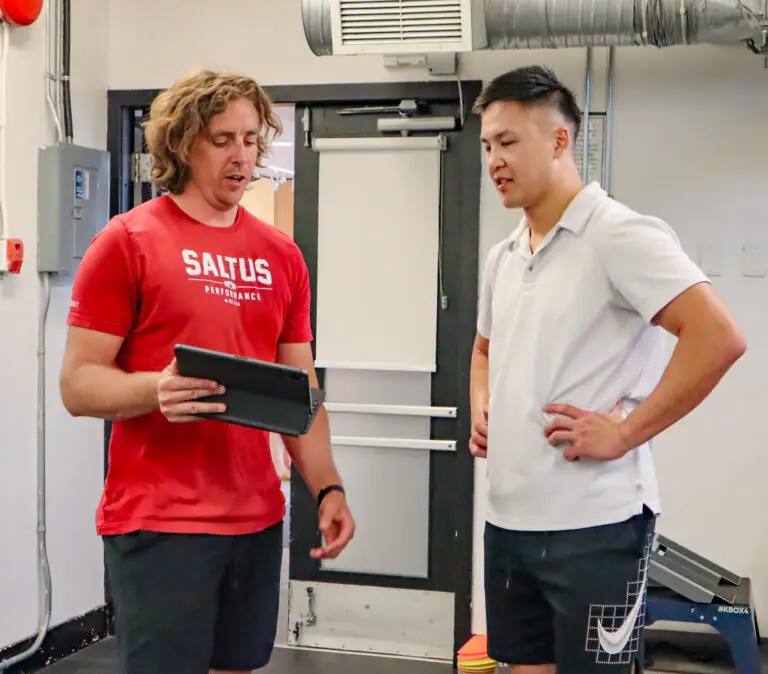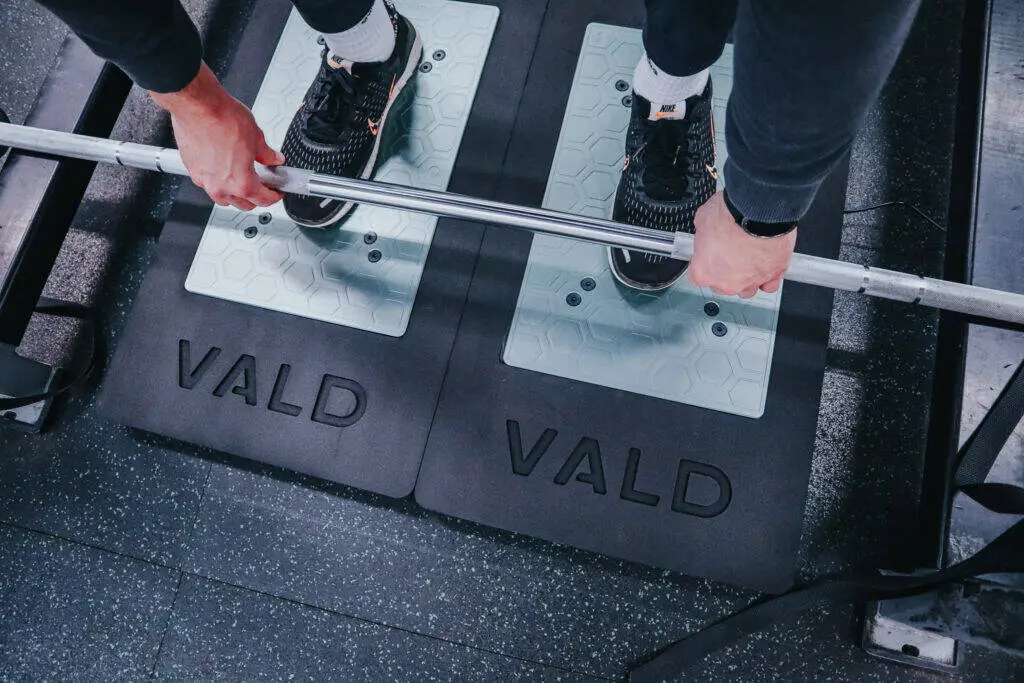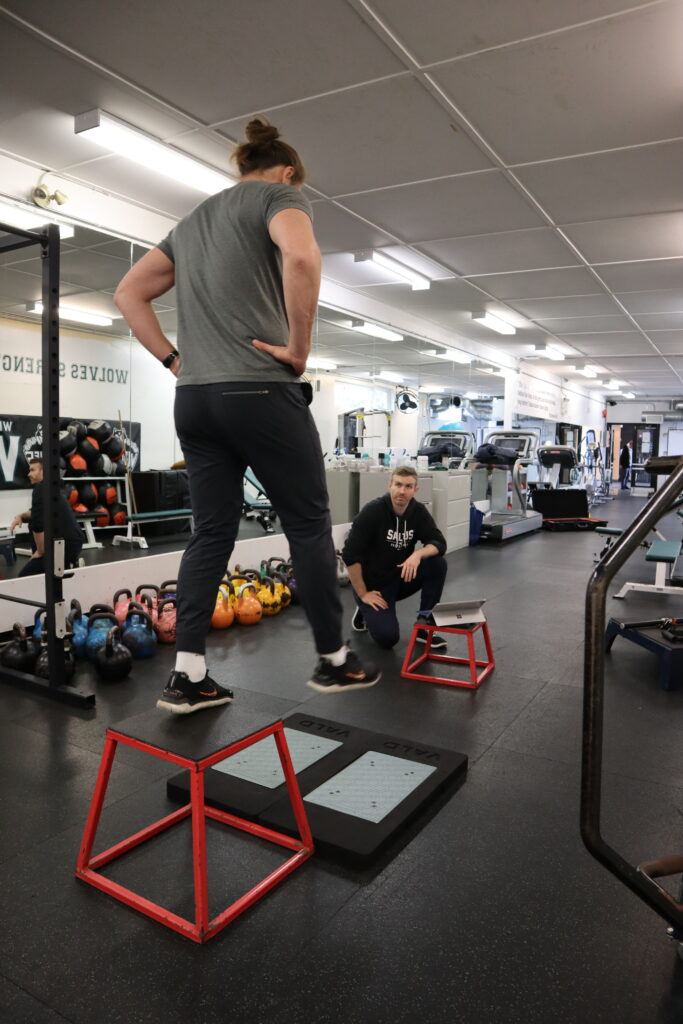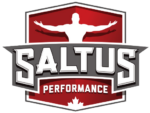
Following the theme from last month’s blog: Revolutionizing strength and conditioning and Velocity Based Training (VBT), this month we are going to touch on the impact of force plates.
It should be noted, as with society in general, the developement of technology and how it is hear to stay, purchasing or using technology for the sake of it isn’t the answer. Any piece of technology should be implemented to serve a purpose and help answer questions and problems. As coaches we need to first assess what problems are we looking to solve, why is this important and then how do we address this.
This is where force plates come into play.

Before we dig into the benefits, a brief history of force plates. The early development of force plate technology can be attributed to researchers and scientists in the biomechanics field who sought to understand human movement and its impact on performance.
In the 1960s and 1970s, force plates began to emerge as a tool for biomechanical research. Initially, they were primarily used in laboratory settings and research institutions to study human gait, balance, and movement patterns. These early force plates were relatively simple in design and functionality compared to the advanced versions available today.
As technology advanced and the benefits of force plate analysis became apparent, their use expanded into sports performance and athletic training. The integration of force plates into the strength and conditioning industry gained momentum in the 1990s and early 2000s. During this time, sports scientists and coaches recognized the potential of force plates to provide objective data on an athlete’s performance, technique, and biomechanics.
One of the initial barriers with force plates, was their sheer size and weight and cost, which meant they were only accessible in university sports labs. But as mentioned, as technology has advanced, cost, size, weight and ease of use have helped force plates become mainstream and are here to stay.
With all cutting-edge technologies, this has allowed us to continuously push the boundaries of human performance. Force plates have emerged as an invaluable tool, revolutionizing the way we train athletes, rehabilitate, and optimize their physical capabilities. In this blog, we will delve into the impact force plates have had on the strength and conditioning industry, exploring their benefits, applications, and the transformative effects they have had on athlete development.
Force plates are specialized devices that measure the forces exerted by an individual’s foot or body. These plates are equipped with sensors capable of capturing and analyzing ground reaction forces (GRFs) and other biomechanical data. By providing accurate and detailed insights into an athlete’s movement patterns, force plates offer unprecedented opportunities for assessment, training, and injury prevention.
Force plates have significantly enhanced the way performance is assessed in the strength and conditioning industry. They provide objective data that enables coaches, trainers, and sports scientists to evaluate an athlete’s power, speed, balance, and overall movement mechanics. By analyzing metrics such as ground contact time, rate of force development, and center of pressure displacement, force plates enable precise and reliable performance assessment. This data-driven approach allows for the identification of weaknesses, imbalances, and asymmetries, enabling targeted interventions and training strategies.
One of the greatest contributions of force plates to the strength and conditioning industry is their ability to facilitate detailed biomechanical analysis. Coaches and sports scientists can use force plate data to gain insights into an athlete’s technique, joint kinetics, and movement efficiency. By understanding the forces and loading patterns exerted during different exercises and movements, professionals can make evidence-based decisions on exercise selection, load management, and technique refinement. This knowledge empowers them to design personalized training programs that maximize performance while minimizing the risk of injury.
Force plates have also proved invaluable in injury prevention and rehabilitation protocols. By monitoring an athlete’s GRFs during various activities, force plates can identify abnormal loading patterns or compensatory movements that may increase the risk of injury. This information allows coaches and medical professionals to develop targeted injury prevention strategies and corrective exercises to address deficiencies or imbalances. In the rehabilitation process, force plates enable objective tracking of progress, providing feedback on an athlete’s readiness to return to play based on quantitative data rather than subjective assessments.

Force plates have revolutionized the way training is optimized in the strength and conditioning industry. By providing real-time feedback, force plates enable athletes to refine their technique, adjust their movements, and optimize their force production. Through biofeedback training, athletes can develop a heightened sense of proprioception, improving their kinesthetic awareness and control. Force plates also allow for the precise manipulation of training variables such as load, speed, and power, enabling trainers to design individualized programs tailored to an athlete’s specific needs and goals.
Force plates have undoubtedly had a profound impact on the strength and conditioning industry. Their ability to provide accurate, objective, and real-time data has transformed the way athletes train, rehabilitate, and optimize their performance. From enhancing performance assessment and biomechanical analysis to facilitating injury prevention and rehabilitation, force plates have become indispensable tools in the pursuit of athletic excellence. As technology continues to advance, we can expect force plates to further revolutionize the field of strength and conditioning, enabling athletes to push the boundaries of human potential.
If you have any questions or need assistance with your training preparations, do not hesitate to contact us at [email protected] or call us at 778-788-5438.
Learn more about our High Performance Testing services here.
